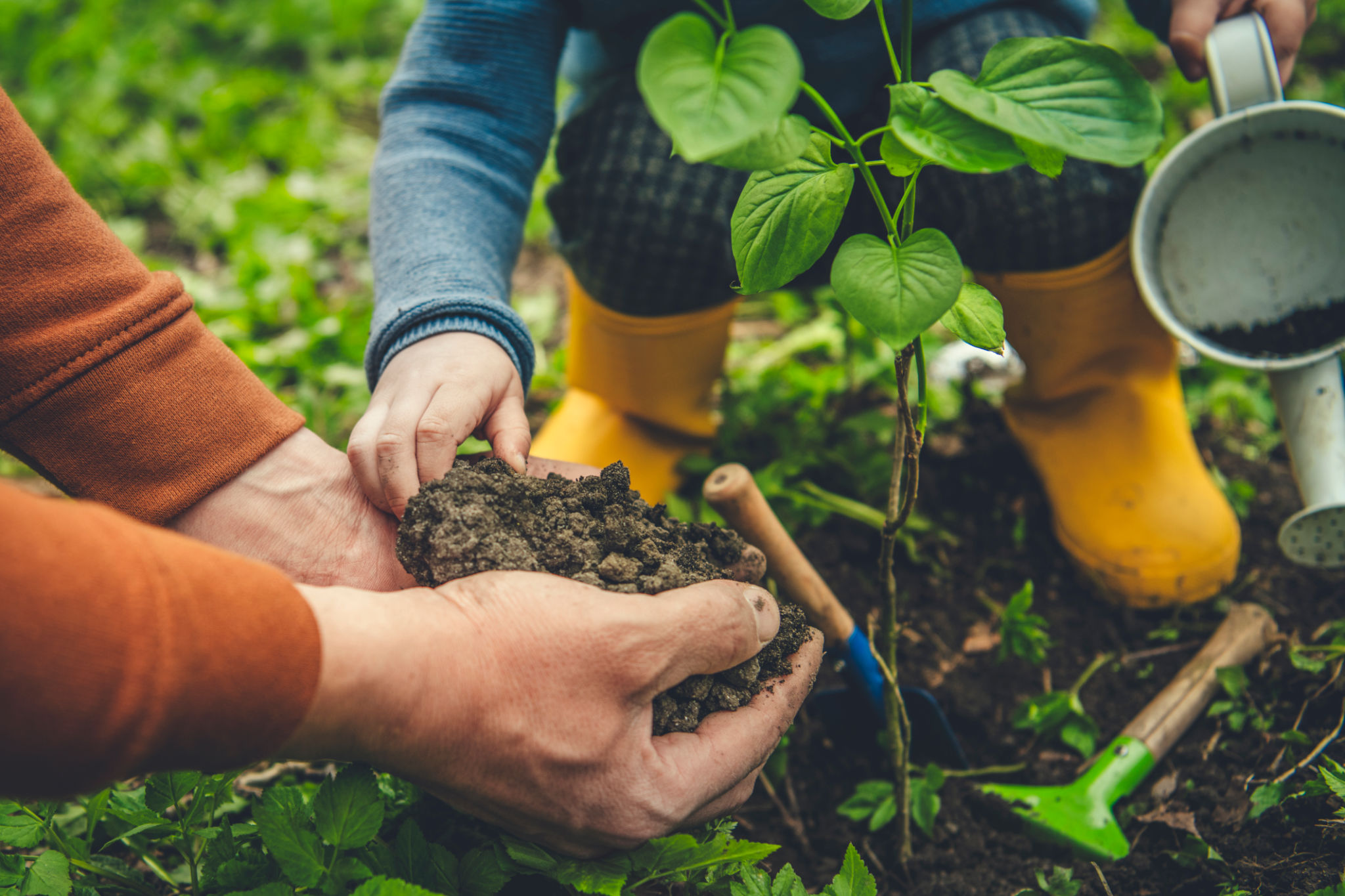DIY Sustainable Gardening: Tips for Eco-Friendly Landscaping
Why Choose Sustainable Gardening?
As awareness about environmental sustainability grows, many homeowners are turning towards eco-friendly landscaping to reduce their carbon footprint. DIY sustainable gardening not only helps in preserving the environment but also enhances the beauty of your home with natural resources. By adopting sustainable practices, you can create a garden that thrives with minimal intervention and resources.
Sustainable gardens are designed to work in harmony with nature. They require less water, fewer chemicals, and generate less waste. Moreover, these gardens are more resilient to climate changes and require less maintenance, saving both time and money in the long run.

Start with Native Plants
One of the foundational steps in sustainable gardening is to choose native plants. Native plants are adapted to the local climate and soil conditions, making them more resilient and less resource-intensive. They also provide habitat and food for local wildlife, promoting biodiversity.
When selecting plants, consider those that are drought-resistant and require minimal fertilization. This approach not only conserves water but also reduces the need for chemical fertilizers, which can leach into waterways and harm ecosystems.

Water Conservation Techniques
Water is a precious resource, and conserving it is crucial in sustainable gardening. Implementing smart watering techniques can significantly reduce water usage. Consider installing a rainwater harvesting system to collect rainwater for irrigation purposes. Drip irrigation systems are also an excellent choice as they deliver water directly to the plant roots, minimizing evaporation.
Mulching is another effective technique to conserve moisture in the soil. Organic mulches such as straw, bark, or leaves not only help retain moisture but also improve soil health as they decompose.

Composting: Turning Waste into Resource
Composting is a sustainable way to recycle organic waste and enrich your garden soil. By composting kitchen scraps, yard waste, and other organic materials, you create nutrient-rich compost that can be used to improve soil health and fertility without relying on chemical fertilizers.
To start composting, choose a spot in your garden for a compost bin or pile. Add a mix of green materials (like vegetable scraps) and brown materials (such as dried leaves) to your compost pile. Regularly turn the pile to aerate it and speed up the decomposition process.
Integrated Pest Management
Sustainable gardening also involves managing pests without harming the environment. Integrated Pest Management (IPM) is an eco-friendly approach that combines different strategies to control pests sustainably. This method focuses on preventing pest problems by promoting healthy plants and using natural predators like ladybugs or birds to control pest populations.
If pest problems persist, consider using organic or natural pesticides as a last resort. These options are less harmful to beneficial insects and the environment.

Create a Wildlife-Friendly Habitat
A sustainable garden can be a sanctuary for local wildlife. By providing food, water, and shelter, you can attract birds, bees, butterflies, and other beneficial creatures to your garden. Planting a variety of flowering plants ensures a continuous supply of nectar for pollinators throughout the growing season.
Adding features like bird baths, nesting boxes, and small ponds can further enhance your garden's appeal to wildlife. These creatures play a vital role in pollination and pest control, contributing to the overall health of your garden.
By embracing these DIY sustainable gardening tips, you can create an eco-friendly landscape that benefits both you and the environment. Not only will you enjoy a beautiful garden, but you'll also contribute positively to the planet's health.

